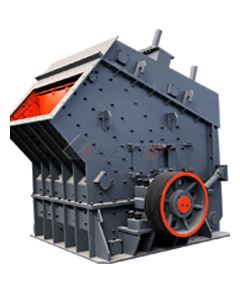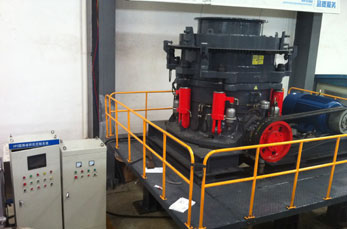Designing a 50 TPH (Tonnes Per Hour) Coal Crushing Plant involves several key steps, including material analysis, equipment selection, layout planning, and process optimization. Below is a structured approach to designing such a plant:
—
1. Material Analysis
– Coal Properties: Determine coal hardness, moisture content, size distribution, and abrasiveness.
– Feed Size: Typically, run-of-mine (ROM) coal can range from 0–500 mm.
– Product Size: Common desired output sizes are 0–50 mm (for power plants) or 0–30 mm (for washing plants).
—
2. Crushing Process Selection
A typical two-stage crushing setup is suitable for 50 TPH coal crushing:
1. Primary Crushing:
– Equipment: Jaw Crusher or Rotary Breaker
– Function: Reduce large ROM coal to ~150–200 mm.
– Recommended: Jaw Crusher (400×600 mm) with ~50 TPH capacity.
2. Secondary Crushing:
– Equipment: Impact Crusher / Hammer Mill / Double Roll Crusher
– Function: Further reduce to 0–50 mm.
– Recommended: Hammer Crusher (PCΦ600×400) or Double Roll Crusher.
—
 3. Screening & Classification
3. Screening & Classification
– A vibrating screen (2-deck) separates crushed coal into desired sizes.
– Oversize material is recirculated back to the secondary crusher.
—
 4. Conveying & Storage
4. Conveying & Storage
– Belt conveyors transport coal between stages.
– A surge bin before the primary crusher ensures consistent feed.
– Stockpile conveyor for final product storage.
—
5. Dust Control & Environmental Measures
– Water spray system at transfer points.
– Dust extraction units (cyclones/bag filters).
– Enclosed chutes and conveyors where necessary.
—
6. Plant Layout Considerations
1. Compact design for easy maintenance.
2. Proper access for operators and equipment replacement.
3. Minimize transfer points to reduce dust and spillage.
—
7. Equipment List for 50 TPH Coal Crushing Plant
| Equipment | Model/Size | Capacity | Purpose |
|———–|————|———-|———|
| Vibrating Grizzly Feeder | 1000×3000 mm | 50 TPH | Remove fines




